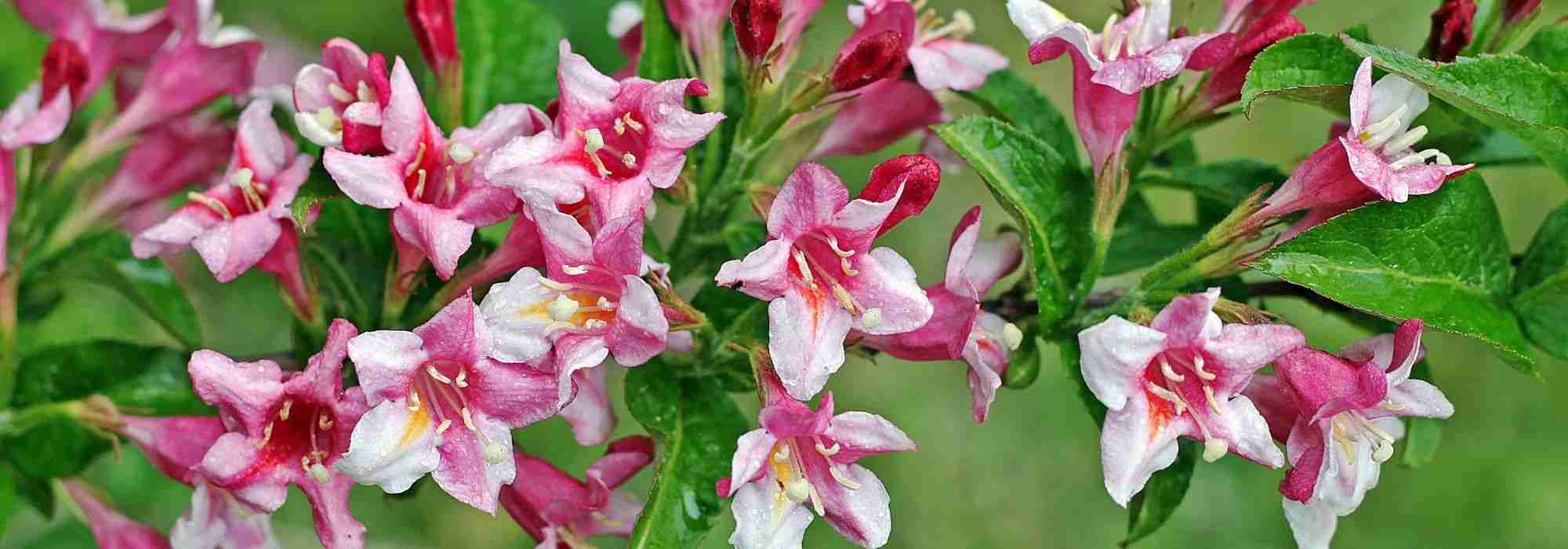
10 Easy-to-Sow Bushes
Discover our selection of simple bushes to sow to obtain new young plants.
Contents
To obtain new shoots from your favourite bushes, various techniques exist, from propagation by cuttings to layering. These methods can sometimes be challenging to implement as they require advanced knowledge. The latest way to multiply a bush is by sowing seeds harvested. This technique has the advantage of producing plants with the best root system, more anchored in the soil, and therefore stronger and more resilient. Through sowing, all potential injuries or infections caused by the handling of cuttings or layering are indeed eliminated. Moreover, by selecting only the best seeds from germination, only the finest specimens are retained. Discover our selection of 10 easy bushes to sow.
Sometimes, stratification is essential!
For some plants, stratification is necessary to encourage seed germination. What is stratification? In nature, a seed is often protected by a hard shell that prevents it from germinating in warm seasons, leaving it as a fragile and vulnerable young plant when the cold arrives. When spring comes, the shell has been sufficiently softened by the combination of cold and moisture for germination to occur.
Stratification thus involves artificially recreating this awakening of seed dormancy. There are two techniques for this: either it is done outdoors or in a fridge. Outdoors, you simply need to create layers of seeds (which must not touch each other) in a pot filled with 50% sand and 50% potting soil. The substrate should remain moist without being waterlogged, and the pot should be placed against a north-facing wall throughout the winter. By February or March, the seeds will have awakened.
In a fridge, the process is the same, but the substrate is placed in an airtight box. It should be opened occasionally to prevent a lack of oxygen.
Read also
10 easy-to-sow treesThe 10 easiest bushes to propagate by sowing
All sowing is done either in spring or autumn.
The buddleia
The hardy butterfly tree. A robust ornamental plant with spikes of white or purple flowers, the buddleia is known for attracting a large number of insects, particularly butterflies. It therefore has its place in a garden that supports pollinating insects. However, it can sometimes be invasive and self-seed due to wind and rainwater dispersing the seeds everywhere. Suffice it to say that it is a bush that is easy to sow.
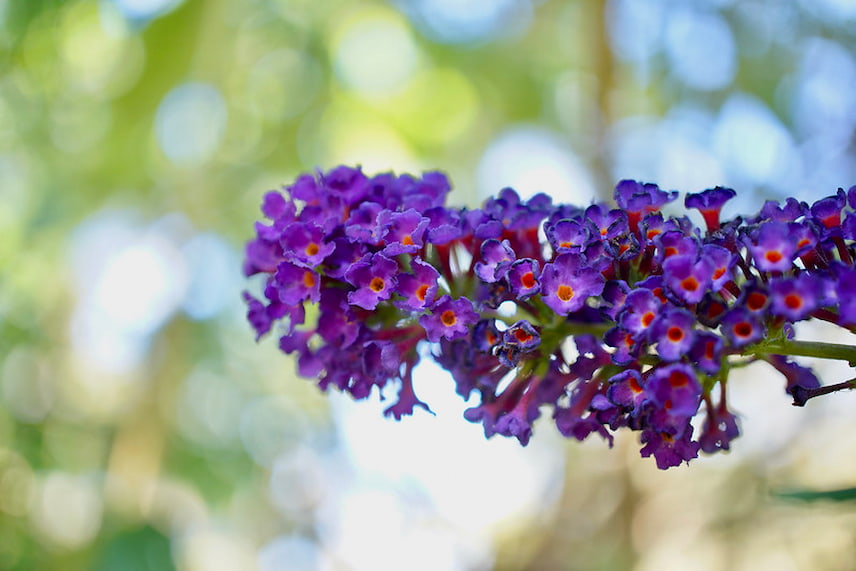
Before germinating the seeds, it is necessary to stratify them for a few weeks. Then sow them in a tray of fine potting soil without covering them. Water by spraying. Germination takes 3 to 4 weeks.
The black locust or false acacia (Robinia pseudoacacia)
It is remarkable for its flowering in pendulous clusters, which are highly fragrant. Grown throughout France, the black locust is very resistant to cold and drought.

Before germinating, acacia seeds must be scarified. This process involves weakening the integument by either nicking it or rubbing it with sandpaper, after soaking the seed overnight in water. Then, sow the seeds in small pots under 1 cm of substrate rich in organic matter. Germination takes 3 to 4 weeks.
The broom (Cytisus)
This is a very floriferous bush that is covered in fragrant yellow flowers in spring. Its growth is very rapid, and it is highly resistant to drought. It is a bush that loves sunlight and poor but well-drained soils.

For sowing, soak the seeds overnight, dry them, and lightly bury them in a substrate of potting soil and sand. Water lightly and place under a frame or in a conservatory.
The privet or common privet
It allows for the creation of dense, resilient hedges. Its beauty comes from its glossy green leaves and small fragrant white flowers. The privet appreciates all soils, both sun and partial shade. Sowing is done under a cold frame in pots in a light substrate.
The baguenaudier (Colutea arborescens)
This is a vigorous bush that grows wild in fallow land. We love it for its clusters of yellow flowers, its lush green foliage, and its bursting pods.
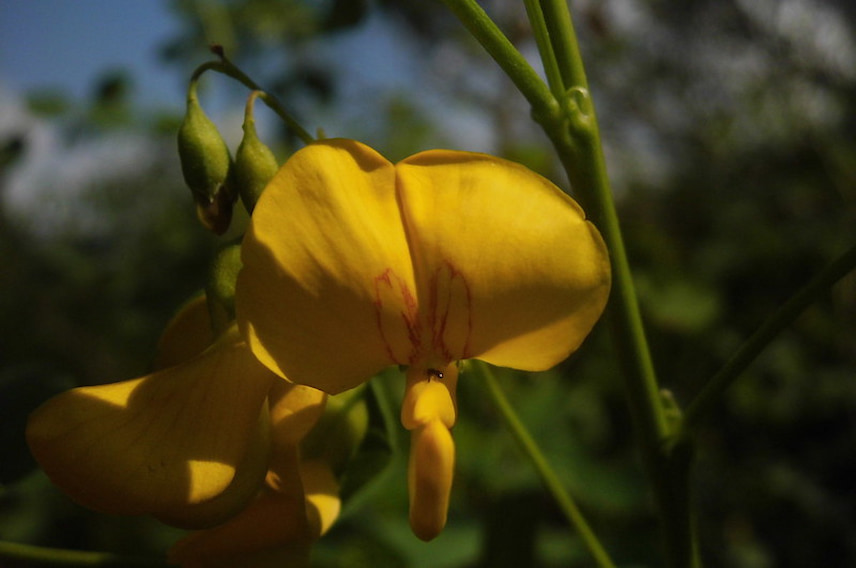
It is very easy to sow under a frame with 2 cm of fine soil after soaking the seeds for 48 hours in water.
The weigela
Here is a bush of great elegance with its abundant pink, red, or white flowers from May to July. It is a very hardy bush that withstands very low temperatures.
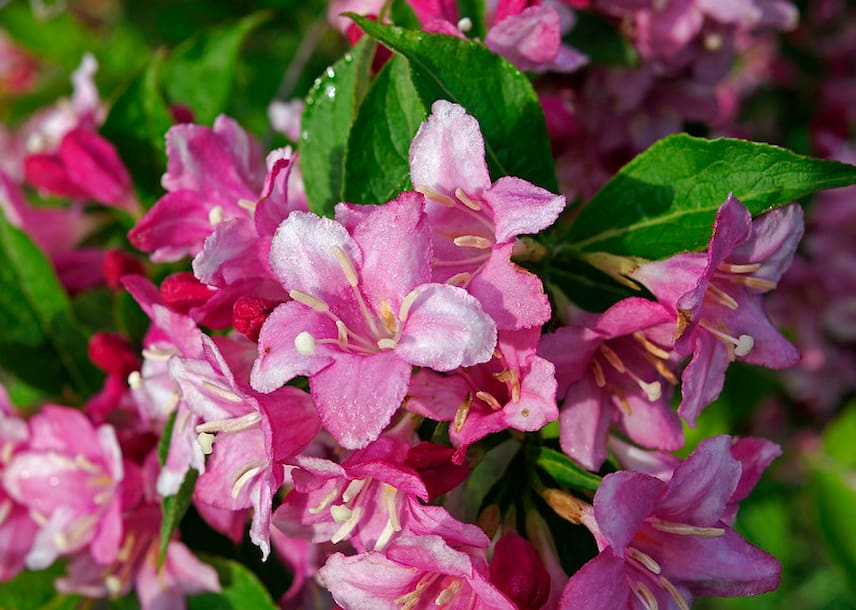
To obtain young seedlings, start by stratifying your seeds for 2 to 3 weeks in the fridge. Then place them on fine potting soil without burying them. Water by spraying and place in a mini-greenhouse at a temperature between 20 and 25 °C.
The coronilla (Coronilla)
It offers lovely lemon-yellow flowers. This is a hardy bush that thrives in rockeries or borders. It loves very sunny exposures and light, poor but well-drained soils. It requires no special care. Sowing is done after a period of dormancy over winter. In spring, sow in a substrate of potting soil and sand directly in buckets.
The callicarpa (Callicarpa japonica)
The candy bush adds a touch of originality to borders with its small, shiny purple fruits, which are inedible and persist throughout winter. In autumn, the foliage turns golden.
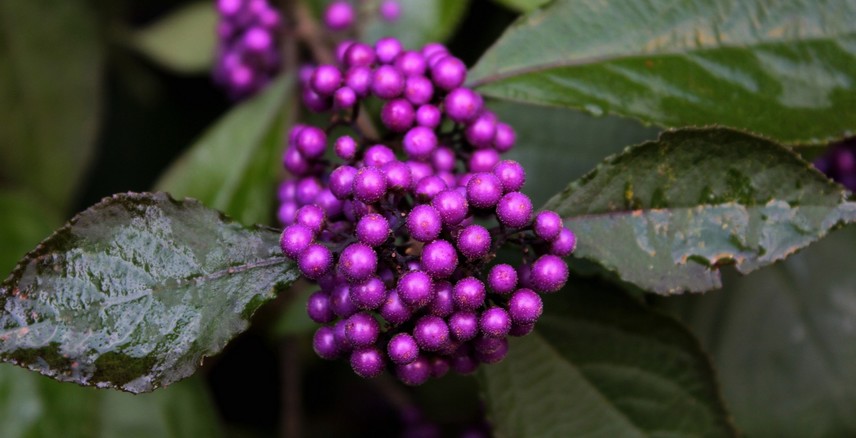
Sowing is easy as it simply requires placing the seeds under half a centimetre of a mixture of potting soil and sand. Water by spraying and keep in a greenhouse at a temperature of 25 °C. Germination occurs after 4 to 8 weeks.
The hibiscus or althaea with its multiple colourful blooms
This is a fast-growing bush, easy to care for, hardy beyond -15°C, and very floriferous.
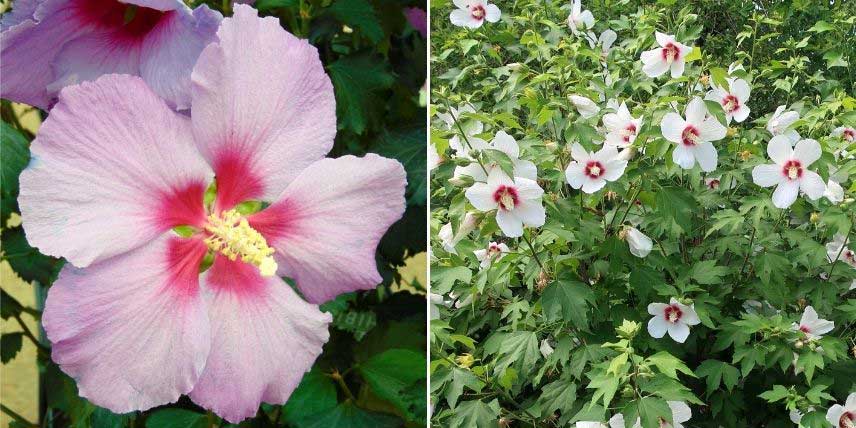
To obtain new plants, simply sow seeds in March in small pots of horticultural potting soil. Bury them under half a centimetre and water lightly. Place the pots in a room at 20 °C. Germination occurs after 3 to 4 weeks.
The callistemon (Callistemon rigidus) or bottlebrush
An interesting bush with its bright red brush-like flowers and evergreen foliage. Semi-hardy, it withstands temperatures down to -8°C. It requires severe pruning to encourage flowering.
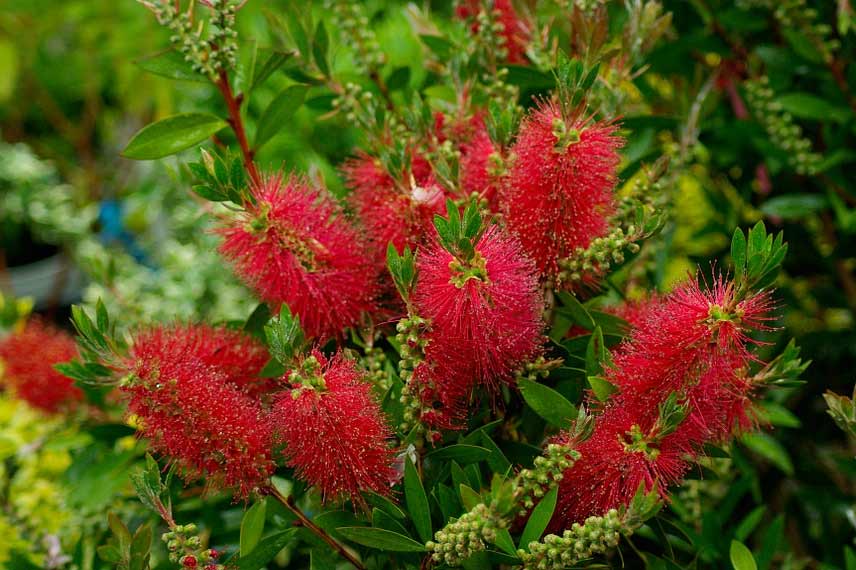
Sowing is done in a pot filled with a substrate of potting soil and sand. Place the seeds on the soil, water lightly, and keep in bright light in a room at 25 °C.
Discover other Shrubs
View all →Available in 1 sizes
Available in 1 sizes
Available in 1 sizes
Available in 1 sizes
Available in 1 sizes
Available in 1 sizes
Available in 1 sizes
Available in 1 sizes
Available in 1 sizes
Available in 1 sizes
- Subscribe!
- Contents
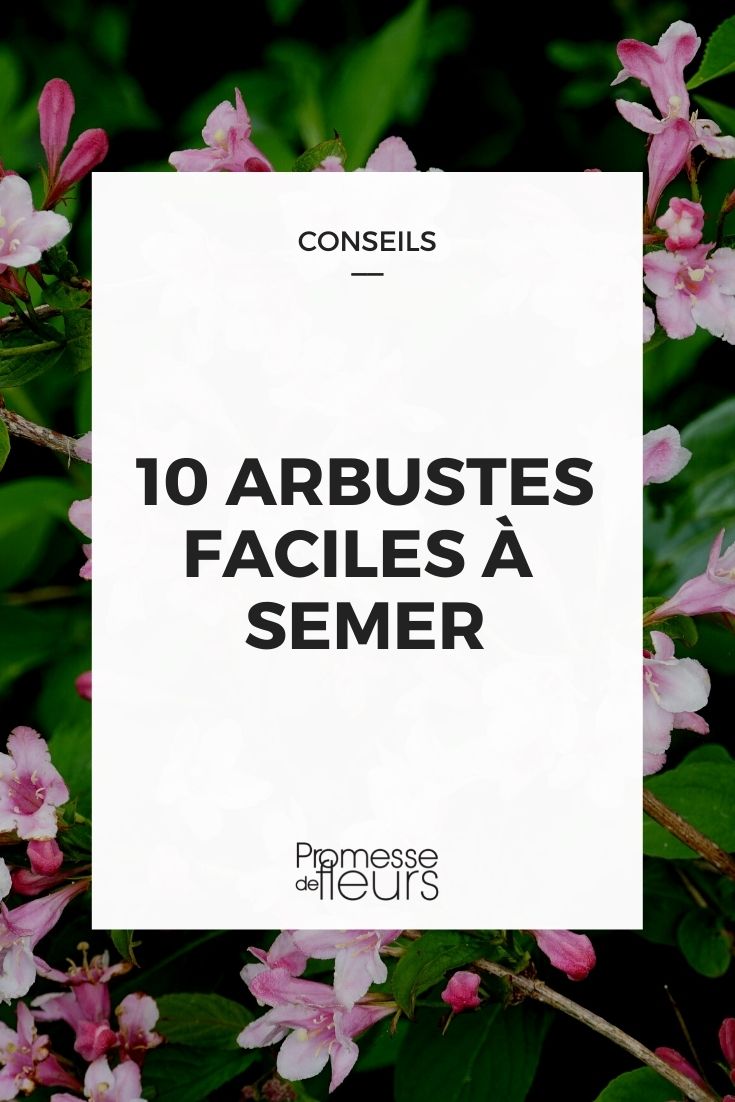































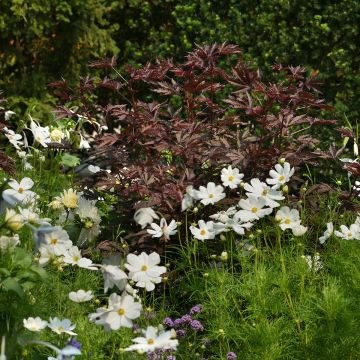
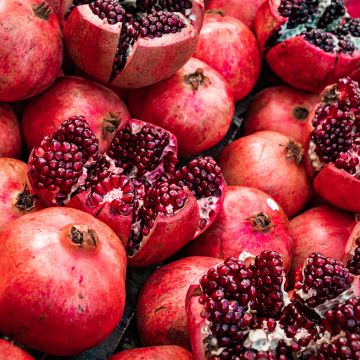
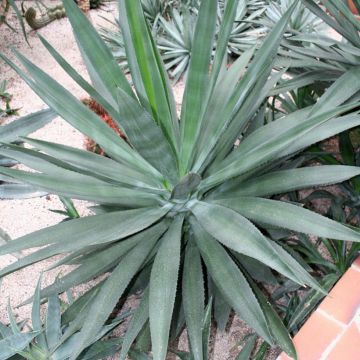
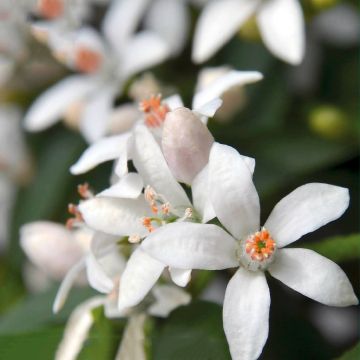
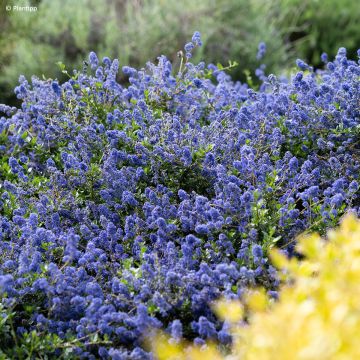
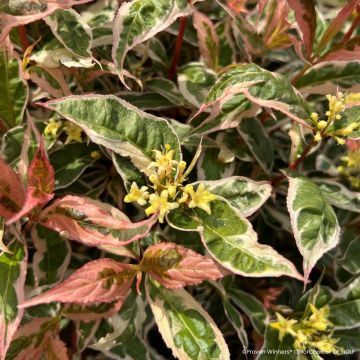
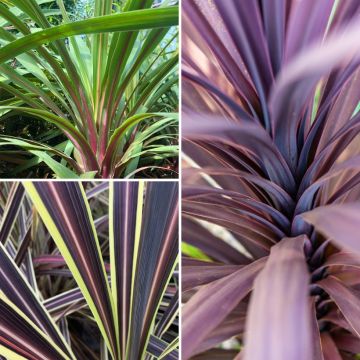
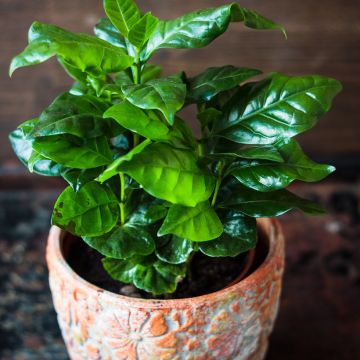
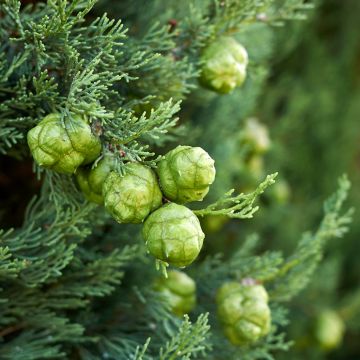
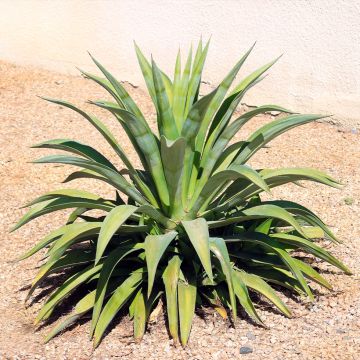
Comments